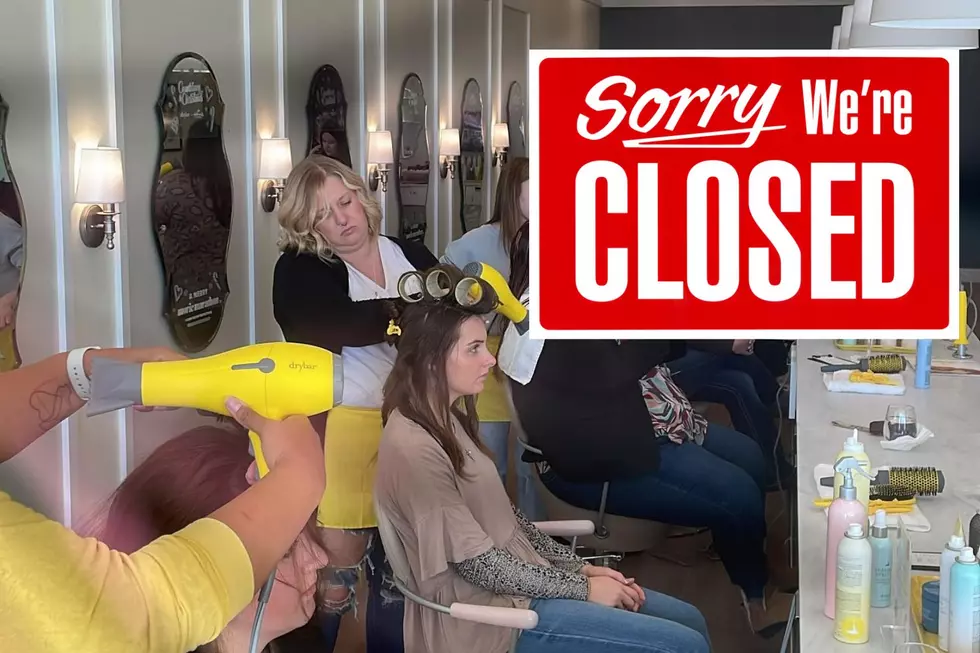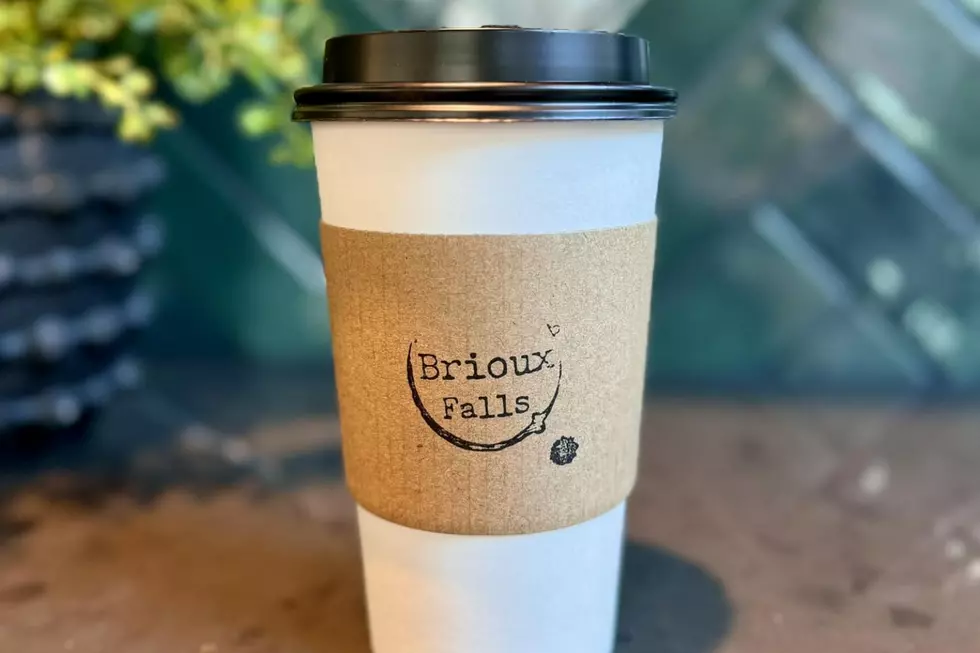The Devastating 1972 Rapid City Flood: Remembering the Tragedy that Claimed 238 Lives
It was a dark day on June 9, 1972, in South Dakota. Heavy rains pelted the Black Hills. The water had nowhere to go. Previous rains left the ground saturated.
Before the clouds lifted on June 10, 238 people had perished in the floodwaters making it one of the worst flooding incidents in United States history.

The thunderstorms refused to budge and the system stalled out over a small area of the Black Hills. Rapid Creek swelled beyond capacity and the Canyon Lake Dam failed after being clogged with debris.
The water rushed into Rapid City around midnight on June 9 ruining over 500 businesses instantly. Over 1,335 homes and 5,000 automobiles were mangled in a heap that the rest of the nation could not wrap their head around.
In addition to 238 people who lost their lives, there were 3,057 injuries to those who woke to one billion metric tons of floodwaters crashing into the western South Dakota town.
One unidentified Rapid City resident said "...the only thing above water is the hilltops. I guess it just ... I guess we gotta couple troubles."
Another survivor said, "A man knocked at our door and said, 'Get out as fast as you can.' We grabbed the children and my dad's crippled and we picked him up and put him in the car, and just as we drove out the driveway, a big trailer started floating right across the pathway, and we just made it up the hill and that was all it was. Everything was gone."
Many residents returned on the 11th of June to an empty, wet parcel of land where their house once stood.
Numbers and quotes from Wikipedia and National Weather Service records.



